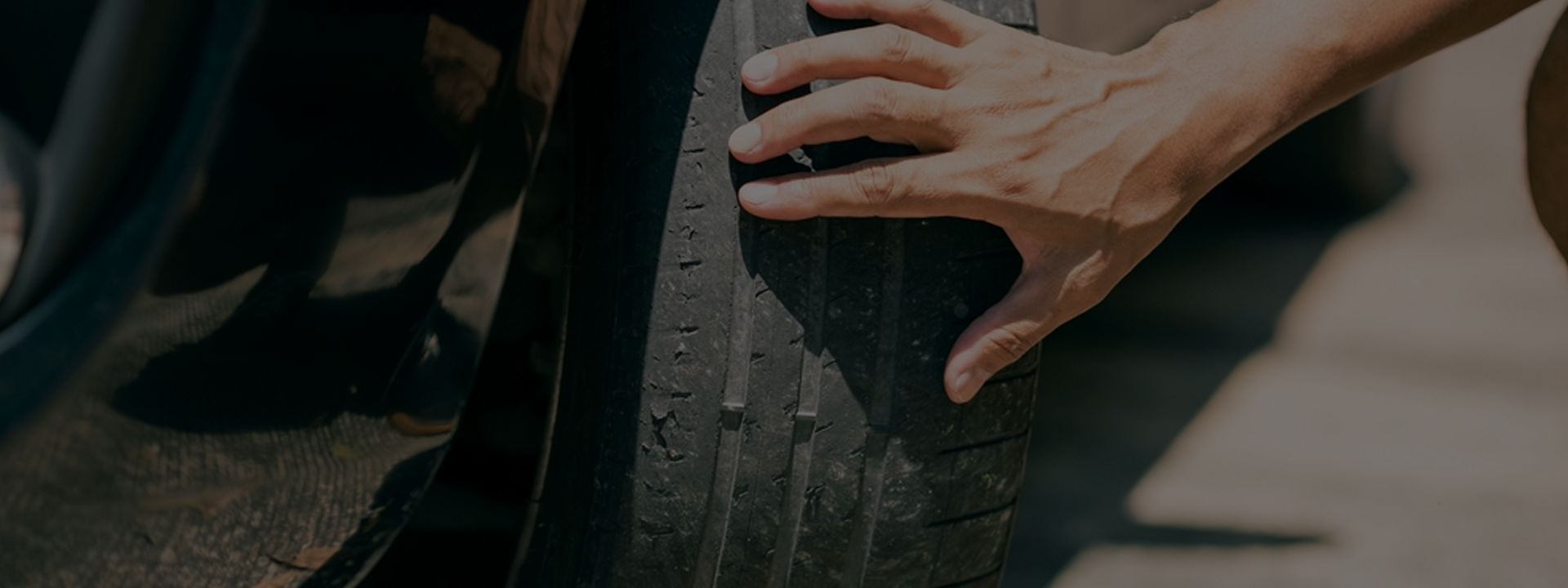We all know how tyre pressure is often overlooked, but maintaining proper inflation is the key to extending the life of your car tyres. Properly inflated tyres will not only extend the life of your tyres, but they will also save money on fuel and keep you and your family safer on the road.
So, now that’s clear, we should understand why the pressure in the tyre decreases over time, even if the vehicle is not driven. Just like an inflated balloon loses air over a few days, tyres also lose pressure over time even if they don’t have any puncture or air leakage.
Air molecules are tiny and will always find a way out through the body. Apart from the natural permeability of the rubber, air can leak due to other reasons like puncture, damaged valve, and even if the bead surface and rim flange are rusted, deformed, or damaged. Hence, it is important to check the air pressure at regular intervals. It is recommended to check tyre pressure once in two weeks for car tyres, especially before long trips. For vehicles with high tyre pressure like truck and bus tyres, it is better to check the pressure at a higher frequency, like every two weeks.
Proper inflation results in optimum tyre performance, enhancing life of a tyre and saving fuel.
Tyre pressure is recommended to be checked once in two weeks with the reliable pressure gauge in cold condition.

Some recommendations to keep in mind regarding tyre pressure maintenance-
1. Always maintain tyre pressure recommended by the vehicle manufacturer.
2. Tyre pressure should be checked when the tyre is cold condition (before start of any trip or after 3 hours of any trip ends).
3. Use a properly calibrated pressure gauge.
4. Use valve caps to protect the valve core from damage due to dust or water.
5. The use of nitrogen decreases the number of air refills or tops.
6. Don’t forget to check the air pressure of the spare tyre, occasionally.
Air inflation pressure should be maintained as per the OEM/Car maker recommendation. For OE recommended Tyre pressure please refer label inside the driver’s door or owner’s manual or at fuel cap.


Sample Tyre and Pressure information chart for reference
You can also visit the Bridgestone India website to know more about tyres and how you can make sure your car tyres are good to roll.
